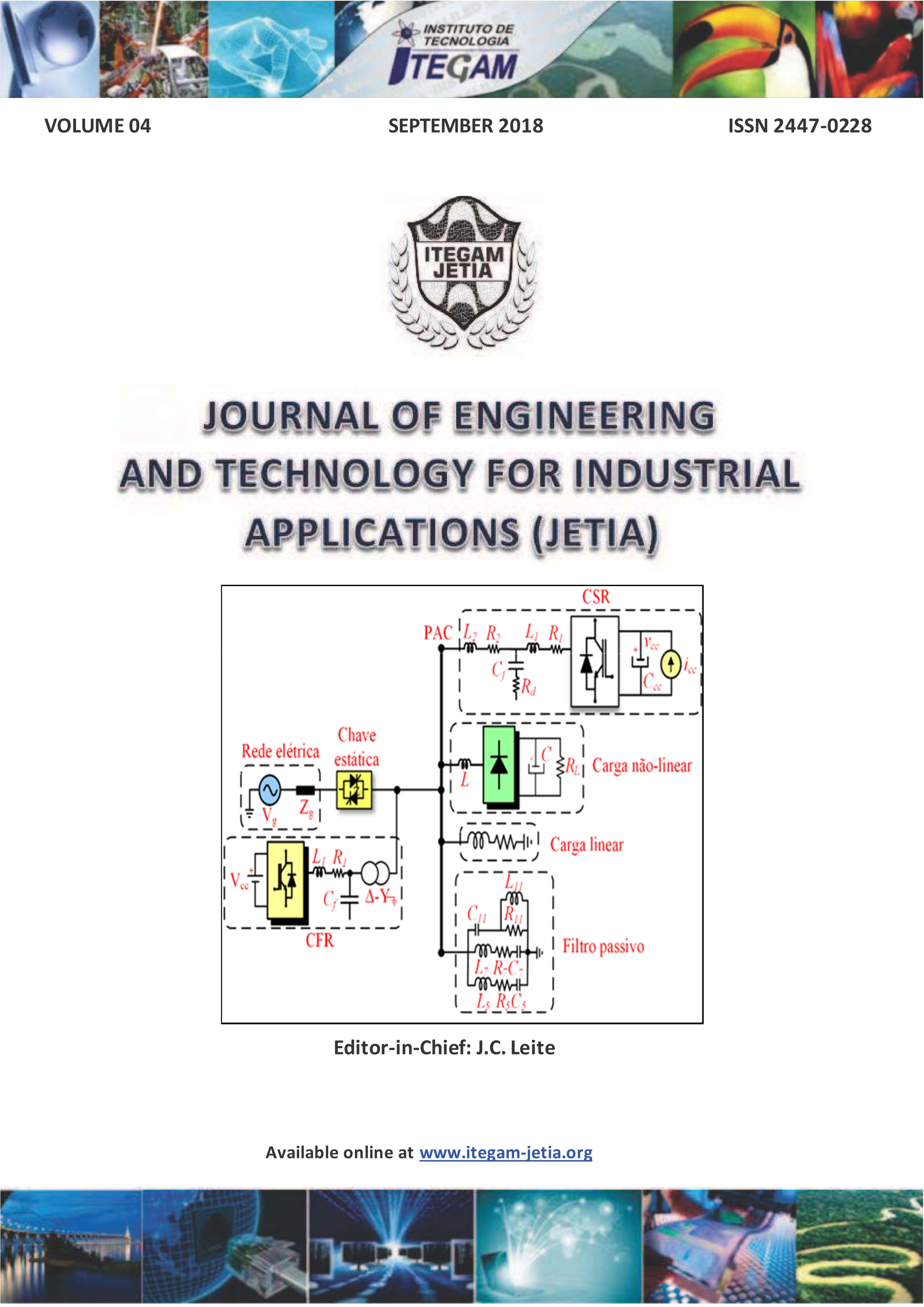Use of water treatment sludge in ceramic matrix for manufacturing bricks (72-79)
Abstract
The water treatment plants (WTP) generate sludge in its process. The final destination of this waste has generated serious environmental and economic problems. Among the alternatives of disposal, one has the use in ceramic masses for making bricks. The objective of this work was to propose an alternative of final destination to the sludge coming from a conventional water treatment plant, incorporating it into clay for the manufacture of ceramic bricks. To characterize the raw materials: residue and clay, X-ray diffraction and fluorescence analyzes were carried out in order to determine the mineralogy and to identify the chemical elements present in the material, respectively. The manufacture of test pieces with ceramic mass formulation contained 0%, 5%, 7% and 10% of embedded residue. After burning, the parameters of linear retraction, water absorption, apparent porosity, apparent specific mass and flexural stress were evaluated. From the results it was possible to conclude that the WTP residue can be incorporated in the ceramic bricks, in a percentage of 10%, without affecting the quality of the final product, based on the Brazilian standard of NBR 15.270- 1/05.











